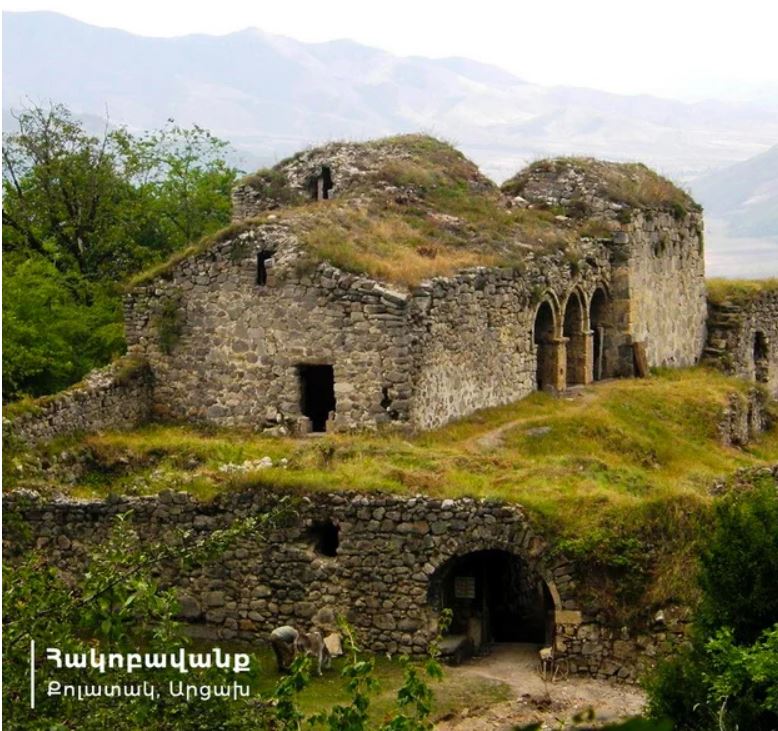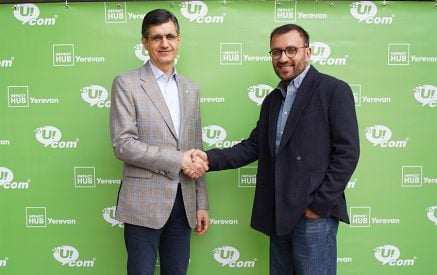“Our faith, religion, and culture are the pillars on which our identity should rest,” Gagik Harutyunyan, the coordinator of Artsakh’s St. Hakobavank renovation project and the development of the Kolatak village, said at the conference entitled “Renovation of Hakobavank and development of the Kolatak community.”
Samvel Ayvazyan is the author of the architectural project for the renovation of the monastery and many other churches, including Dadivank. Gagik Harutyunyan stated that the 7th-century Catholicosate Hakobavank is one of the important complexes, which was not repaired for about 300 years and was on the verge of collapse.
“Especially after the war, the renovation process of Hakobavank became even more important. Today, Azerbaijan is waging a very intense cultural war against us. Even today, various articles are being written about Hakobavank. Pages are being opened in Wikipedia as if this has nothing to do with Armenian reality and culture. They say that it is part of Albanian culture, and that Azerbaijanis are the descendants of Albanians,” he said. According to Gagik Harutyunyan, “All this causes problems for Hakobavank in an existential sense.”
During the conference, the Hakobavank renovation plan, the project, the development prospects, and tasks of the Kolatak community were discussed. It was emphasized why the restoration of the monastery is important today. As a result of the war in 2020 and the subsequent occupation of Artsakh’s territories, 90 Armenian cultural monuments were destroyed, damaged, or altered by Azerbaijan. Hundreds of monuments are endangered because they are under the occupation of Azerbaijan.
Read also
It was emphasized that Saint Hakobavank embodies the entire historical and cultural heritage of Artsakh, which is evidence of our historical existence and identity in our own land. It is for this purpose that a number of organizations, scientists, intellectuals, and concerned persons have gathered around this important idea to renovate St. Hakobavank, which will become an important message for Armenians living in all parts of the world. Experts believe that the renovation of Hakobavank will also promote the development of Artsakh’s cultural, spiritual, economic, and touristic spheres.
Gagik Harutyunyan emphasized that an exceptional consolidation has taken place around the restoration, and both the Artsakh government, the professional community, and the church, led by the leader of the Artsakh Diocese, Bishop Vrtanes, and various volunteers and benefactors have united to make the work a reality. According to him, $1 million is required for the restoration of St. Hakobavank in Artsakh and the development of Kolatak village, of which $25,000 has already been collected, which will enable the construction of one church of the monastery complex to begin. Gevorg Poghosyan, director of the reArmenia cooperation platform, noted that fundraising is being carried out on their platform.
Gohar HAKOBYAN























































